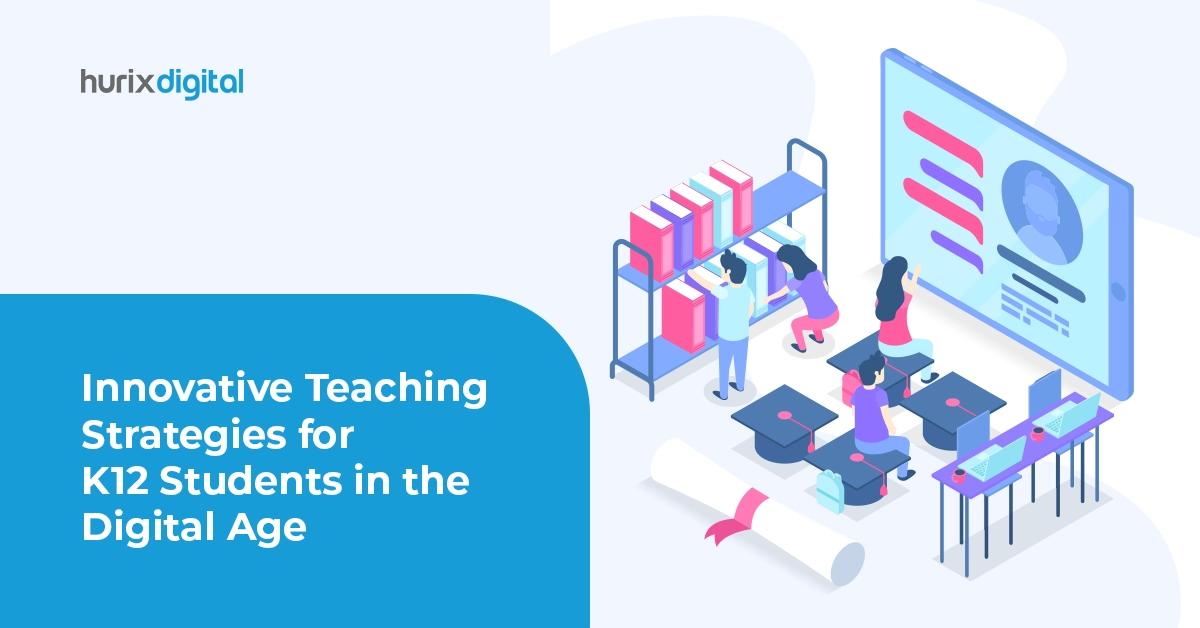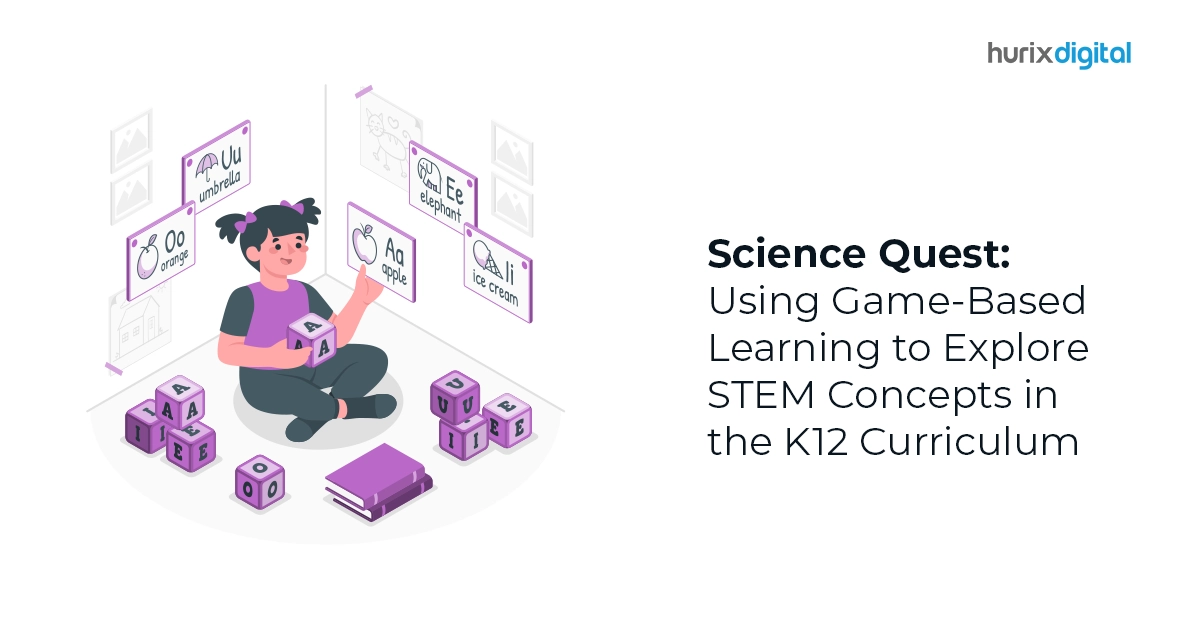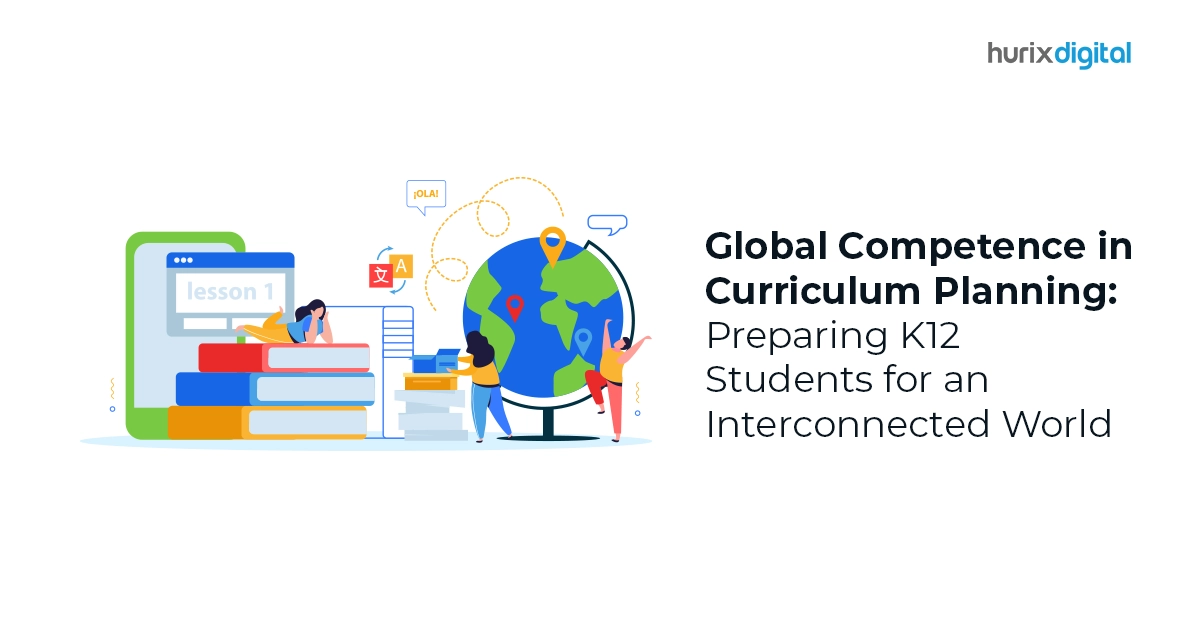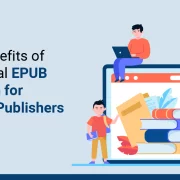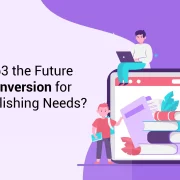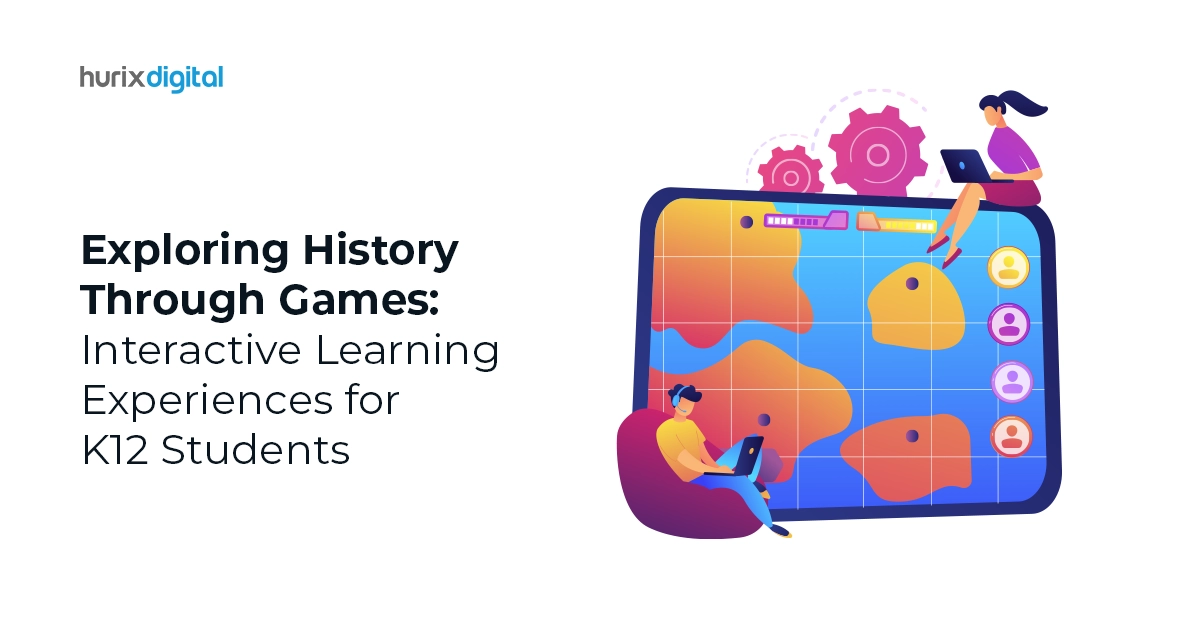
Exploring History Through Games: Interactive Learning Experiences for K12 Students
Summary
Find out how interactive games can bring history lessons to life for K12 students. This blog discusses the benefits of game-based learning in history education.
In an era dominated by digital technology, traditional educational methods are evolving to embrace innovative approaches empowered by new technology. Technologies like AI have transformed fields such as medicine, research, and higher education. Recently, gamification in education has emerged as a frontrunner, particularly in K12 education.
Advocates of gamification argue that it enhances cognitive abilities, boosting knowledge retention by approximately 40%. This results in improved academic performance.
Traditional teaching methods often struggle to engage students, especially in theoretical subjects like history or literature. However, gamifying history education can significantly increase classroom engagement levels and enhance learning effectiveness.
In this post, we will dive into the compelling reasons to introduce game-based learning for history and explore how games can offer a dynamic lens through which to study history. Let’s start!
Table of Contents:
- 13 Reasons Why History Education through Game-Based Learning is the Way to Go
- 6 Ways to Explore K12 History through Gamification in Education
- The Future of K12 Education: Embracing Gamification
13 Reasons Why History Education through Game-Based Learning is the Way to Go
Like many other fields, gamification in education has greatly improved the learning experience.
Particularly in theoretical subjects such as history, game-based learning has pushed for quite a few improvements.
Here are some of the reasons why history education through game-based learning is the way to go:
- Engagement: As one of the theory-heavy subjects, teachers find it difficult to have young students engaged during a lecture. Gamifying history largely solves the issue.
- Motivation: History isn’t participation-heavy. There are no practical experiments to participate in. Gamification involves students in activities, increasing motivation.
- Retention: Gamified learning helps students retain more of what they learn.
- Real-world Connections: History is fact-based, but these facts are routed in the past and hence difficult to relate to. Gamifying history engages students through real-world connections.
- Instant Feedback: Students receive feedback on their answers instantly, allowing for quick correction and reinforcement.
- Collaboration: Gamification also allows students to interact with each other and collaborate.
- Cognitive Development: It aids in cognitive development by increasing the activity of the regions of the brain.
- Accessibility: Gamification is inherently inclusive, as it allows those with reading and retention disabilities to be equal participants.
- Historical Thinking: Gamifying history allows students to develop thinking in line with how the world has historically performed, improving their conceptual understanding.
- Active Learning: Gamification promotes active learning, i.e., students do not just read information; they categorize and store it in their minds, strung together in a cohesive and logical line of thinking.
- Improves Learning Outcomes: Due to higher retention, gamifying history also leads to improved learning outcomes.
- Addresses Educational Problems: It can help address educational problems related to demotivation, disinterest, and superficial learning.
- Promotes Focus: Gamified e-learning modules promote focus. They have larger chunks of fact-based information broken down into smaller modules of activities, increasing student focus on the lesson at hand.
Also Read: Innovative Teaching Strategies for K12 Students in the Digital Age
6 Ways to Explore K12 History through Gamification in Education
Below are six ways to explore K12 history through gamification in education:
1. Historical Role-Playing
Make sure you set the stage for historical role-playing. Transport students back in time to pivotal moments like the Battle of the Marathon. Assign them roles as Athenians or Persians, and watch as they immerse themselves in the drama, making decisions and experiencing history firsthand.
This will not only bring history to life but also actively engage students in critical thinking and decision-making, enhancing their understanding of historical events and characters.
2. Quest-Based Learning
Perhaps today’s lesson is on Marco Polo. Create a map of the Silk Road from back in 1271 in your classroom. Hide little clues along the path. Watch your students turn into this happy bunch of explorers, learning from the incredible “Il Milione” and the significance of the incredible silk route, like its gameplay.
3. Interactive Timelines
Those who are good at history will tell you they know their facts because, in their heads, they can visualize the timeline. For those who can, you now have the option to help.
Create interactive digital timelines, i.e., you can click anywhere on the timeline to check out all that happened at that moment in time, learn about important personalities, and overall just explore history.
4. Virtual Field Trips And Augmented Reality
Virtual reality is a godsend for those who are not privileged enough to travel to historical sites. Leverage VR to take students on field trips to historical sites for a more immersive learning experience. Use AR to bring historical events and figures to life. Make history feel more real.
5. Historical Simulations
Computer simulations can allow students to experience historical events. This helps quantify the complexities of historical events to help gain a better understanding of the impact of different decisions.
6. Game-Based Assessments
Game elements can turn tests into more engaging activities. This reduces anxiety in students and provides a more accurate measure of students’ understanding.
Try creating puzzles and challenges based on historical facts or events. This will not only test students on concepts but also help develop problem-solving skills.
Check out EXCLUSIVE: Hurix Minibook: The Paradigm Shift in Higher Education with Curriculum Development
The Future of K12 Education: Embracing Gamification
Gamification holds immense potential to revolutionize K12 history education, offering avenues for enhanced learning outcomes and cognitive development. While platforms like Kahoot! and Classcraft provide valuable resources, a tailored approach is often necessary to fully align with the unique needs of both students and educators.
Remember, the future of K12 education lies in embracing gamification as a fundamental tool for enriching the learning experience. In this regard, you can team up with Hurix Digital to explore the power of gamification and transform your K12 history curriculum.
Contact our team today to learn more about our innovative solutions and how we can support your educational goals.

Senior Vice President – Business Development
Over 25 years of experience in the edtech and workforce learning industry with strong skills in Business Development, Customer Relationship Management (CRM) and Strategy.

